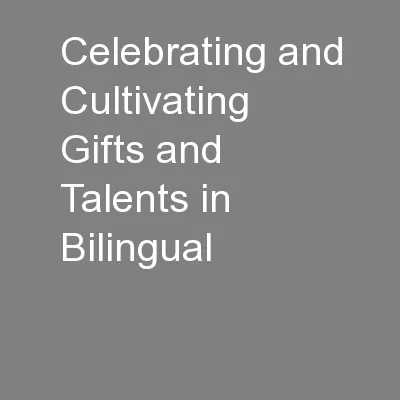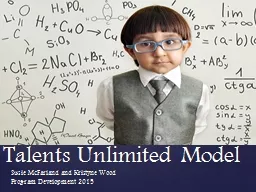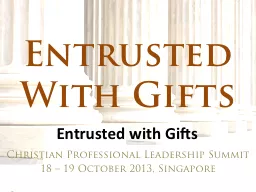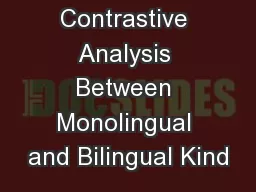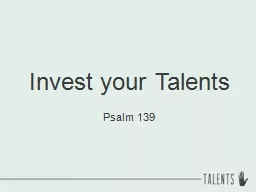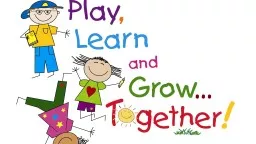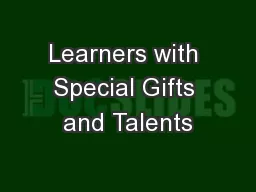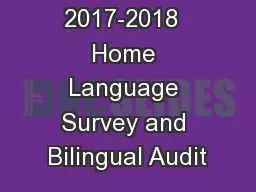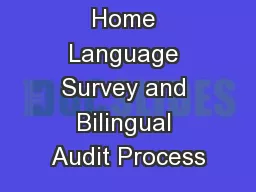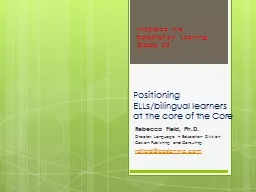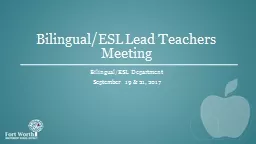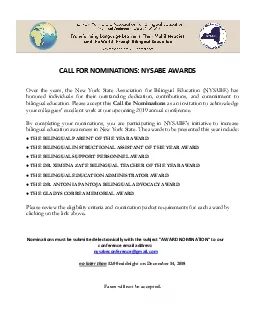PPT-Celebrating and Cultivating Gifts and Talents in Bilingual
Author : tatyana-admore | Published Date : 2016-04-05
Laurie Burgos Bilingual Program Instructional Coordinator Racine Unified School District October 10 2013 Enduring Understandings G ifted and talented students
Presentation Embed Code
Download Presentation
Download Presentation The PPT/PDF document "Celebrating and Cultivating Gifts and Ta..." is the property of its rightful owner. Permission is granted to download and print the materials on this website for personal, non-commercial use only, and to display it on your personal computer provided you do not modify the materials and that you retain all copyright notices contained in the materials. By downloading content from our website, you accept the terms of this agreement.
Celebrating and Cultivating Gifts and Talents in Bilingual: Transcript
Download Rules Of Document
"Celebrating and Cultivating Gifts and Talents in Bilingual"The content belongs to its owner. You may download and print it for personal use, without modification, and keep all copyright notices. By downloading, you agree to these terms.
Related Documents

